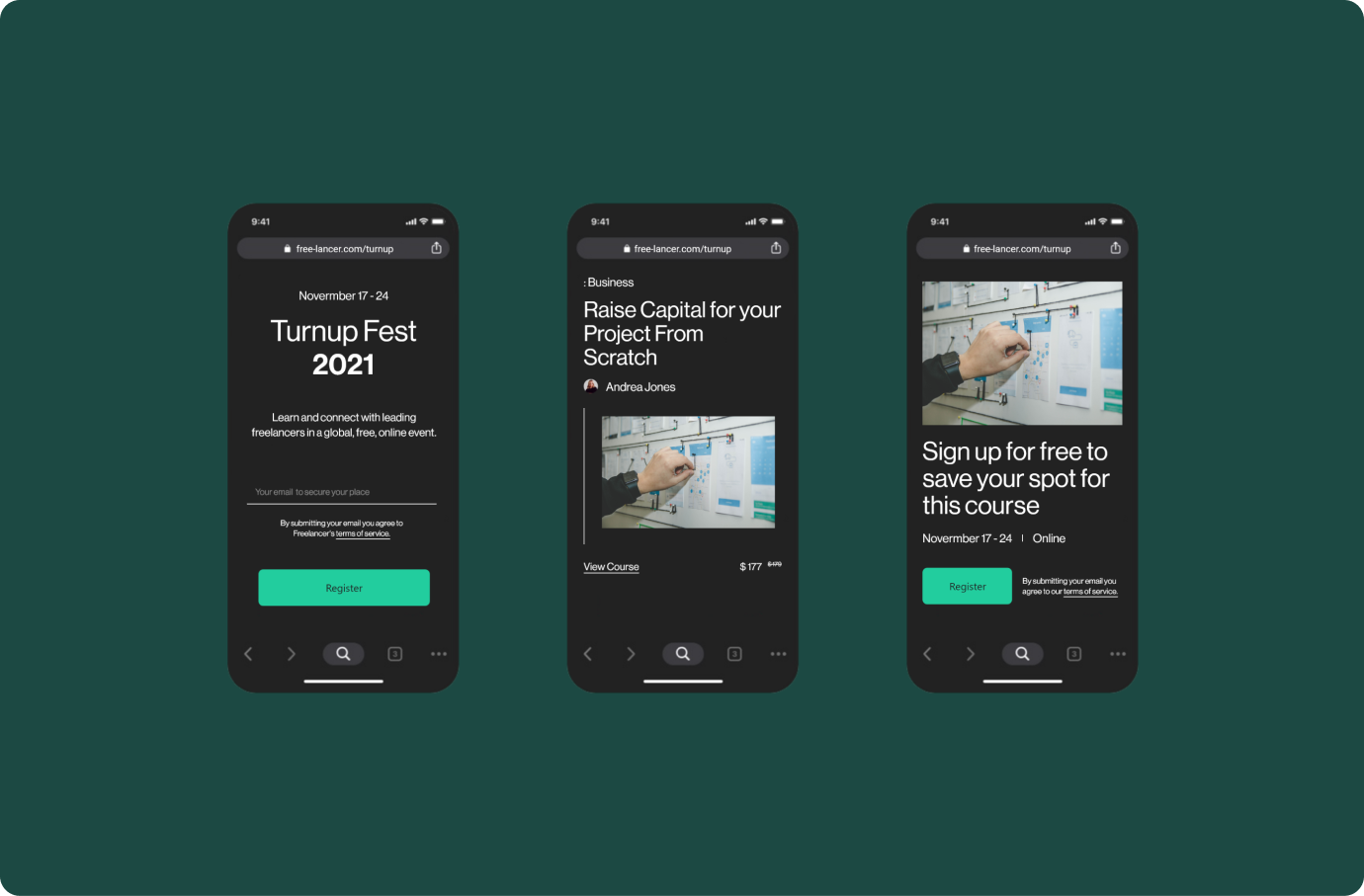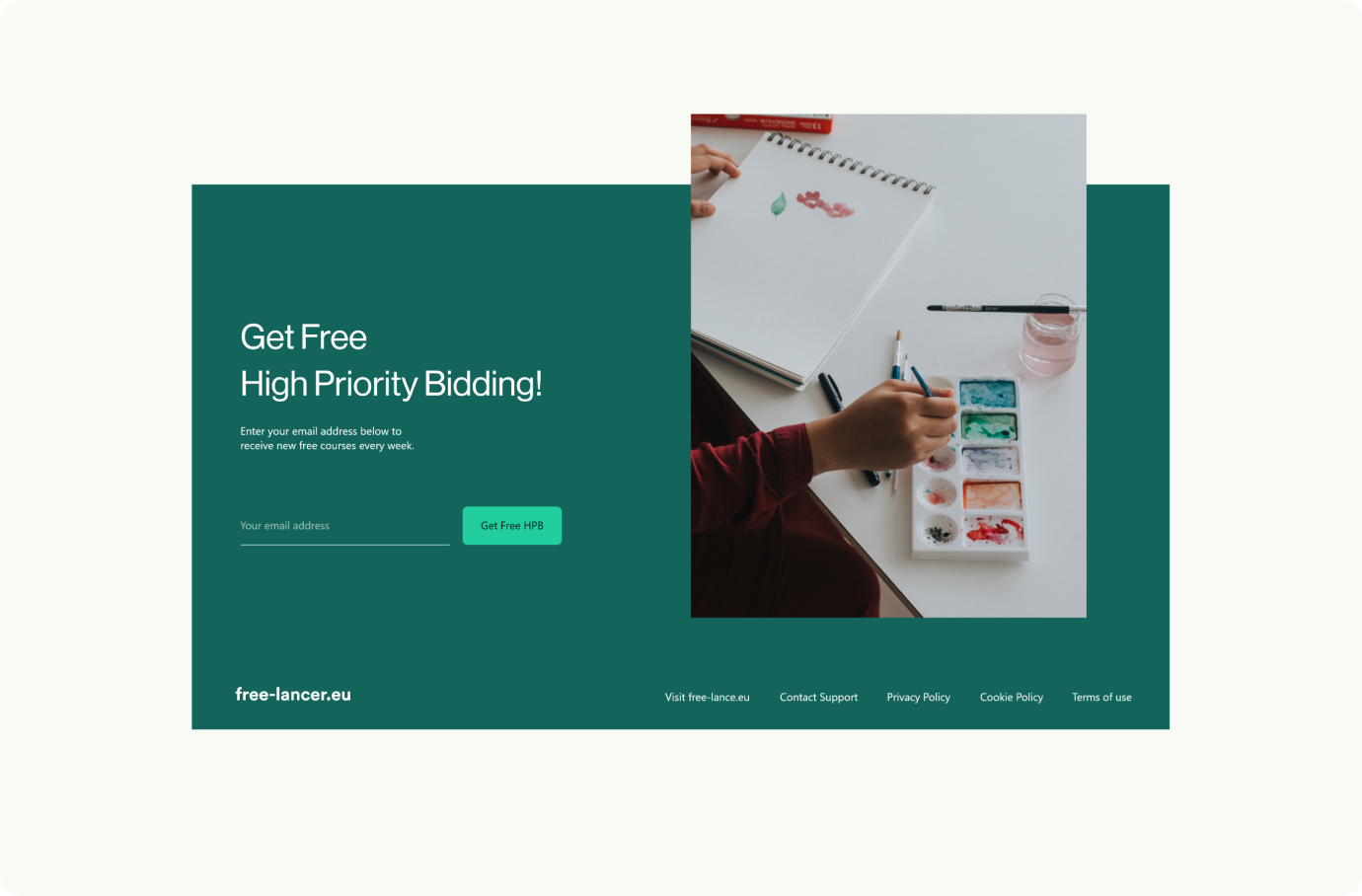Freelancer & TurnUp
Freelancer-EU is a freelance marketplace website, that helps connect
freelancers with employers, in areas such as software development, writing, data entry and design
right through to engineering, the sciences, sales and marketing, accounting and legal services. On
top of that, Freelancer-EU wants to build a community site TurnUp, where freelancers and employers
can connect, learn and share their experiences.
- UI/UX
- Visual design
- Prototyping
- Brand Identity
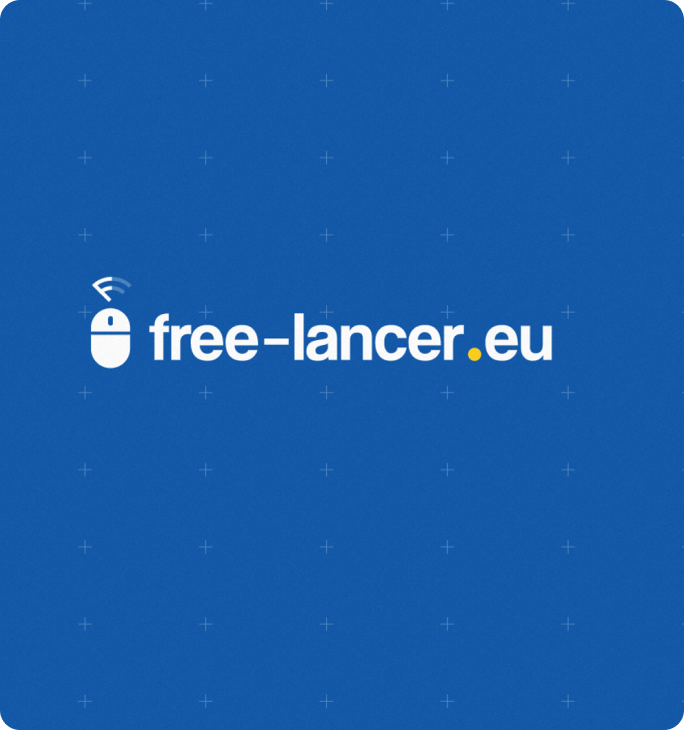
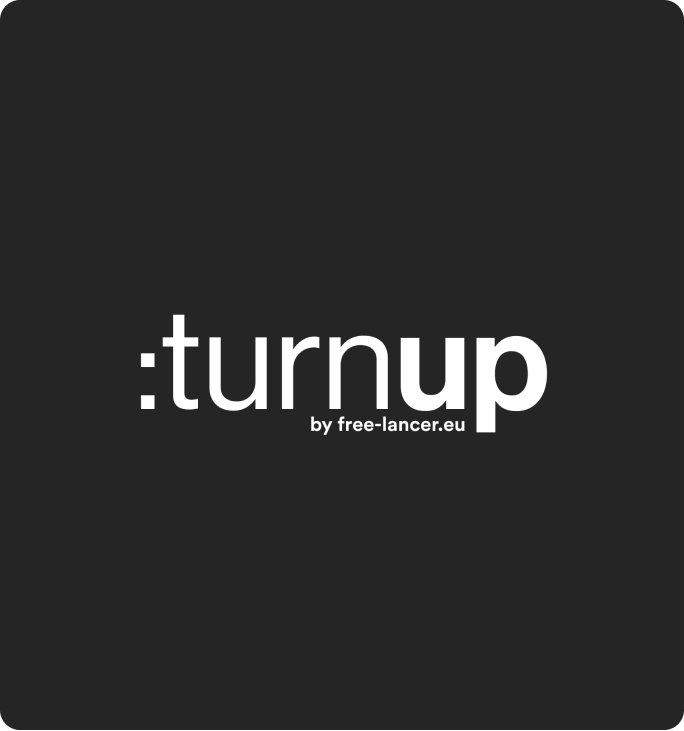
Background
Some of the
world's largest and most influential firms, including Airbnb, Amazon, Walmart, Google, and Apple,
are widely considered to be partnering with freelancers. Following their example, more companies
around the world are refusing to limit themselves to the candidates' local pool and go looking for
the talent they need overseas. A global market for freelancing services is an online platform where
companies can discover and employ independent free-lancers to do some remote work.
I worked on Freelancer-EU as a lead product designer when it was just a small team of the founder, and a junior designer. I led the product, marketing, UX and UI strategy for the team. I’ve been extremely fortunate to have been part of this journey and have grown tremendously during this time. Some key achievements listed below :
Turned an idea into a product. The ability to transform an idea into something much more tangible is a process that is both exhilarating and rewarding. I worked closely with the founder and team to shape the product vision and strategy of Freelancer. While the product is still in development and has not yet been released to the public, being able to see how much they have grown as a team and startup is truly sensational.
Juggled many different hats. Working in an early-stage startup is not easy. I dedicated hours of my spare time and weekends conducting research, sketching, testing and designing the product alongside coordinating events, writing video scripts, creating pitch deck presentations and filling out grant applications for the business and marketing side of the business.igner
I worked on Freelancer-EU as a lead product designer when it was just a small team of the founder, and a junior designer. I led the product, marketing, UX and UI strategy for the team. I’ve been extremely fortunate to have been part of this journey and have grown tremendously during this time. Some key achievements listed below :
Turned an idea into a product. The ability to transform an idea into something much more tangible is a process that is both exhilarating and rewarding. I worked closely with the founder and team to shape the product vision and strategy of Freelancer. While the product is still in development and has not yet been released to the public, being able to see how much they have grown as a team and startup is truly sensational.
Juggled many different hats. Working in an early-stage startup is not easy. I dedicated hours of my spare time and weekends conducting research, sketching, testing and designing the product alongside coordinating events, writing video scripts, creating pitch deck presentations and filling out grant applications for the business and marketing side of the business.igner
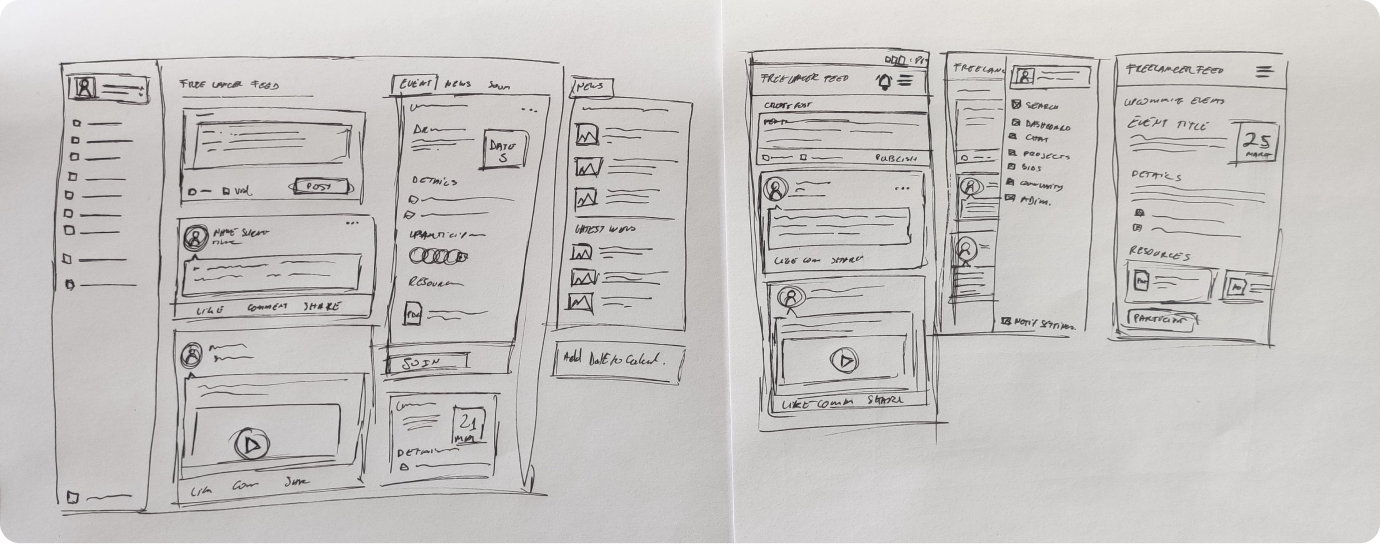
Understanding the problem
Having done some
freelance work myself, I understood the pains of not being able to land clients due to lack of
networking, and not knowing the right people. I wanted to validate these problems with peers, so i
took the initiative to run focus groups sessions with friends and other people in the business that
were equally frustrated. After having some conversations we discovered the top frustrations:
- Finding enough work. Maintaining a continuous flow of work is one of the biggest concerns. This is due to many freelancers not having a large enough network and not knowing how to market themselves.
- Finding freelancers. As needs for talented workers grow, it can be a challenge to find the right people to work on your product.
- Uncertainties on payment and contracts. Working with clients from all over the world means figuring out payment methods and filling out the right contracts, which change frequently and from country to country.
- Getting enough trust in the relationship to initiate a paid project. Employers must have some degree of trust that the freelancer is going to deliver on their promises and the freelancer must trust that the employer is going to pay on time.
- Clearly communicating expectations. Client expectations are directly tied to client satisfaction and a project’s success. Unfortunately, client expectations and deliverables are sometimes not made clear from the beginning.
Brand & Strategy Kickoff
In a four hour
workshop, we developed brand attributes, target groups and goals. It is not the goal to have
extensive discussions or to develop a perfect solution, but to make quick decisions, to get
commitment and to be able to act strategically despite limited time and budget.
- CULTURE - How would our community describe us?
- TARGET GROUPS - How would we describe our target audience?
- VOICE - How do we want to sound to others?
- FEELING - How do others feel after being in contact with us?
- IMPACT - What tangible impact do we have on others?
- X-FACTOR - How are we different from others?
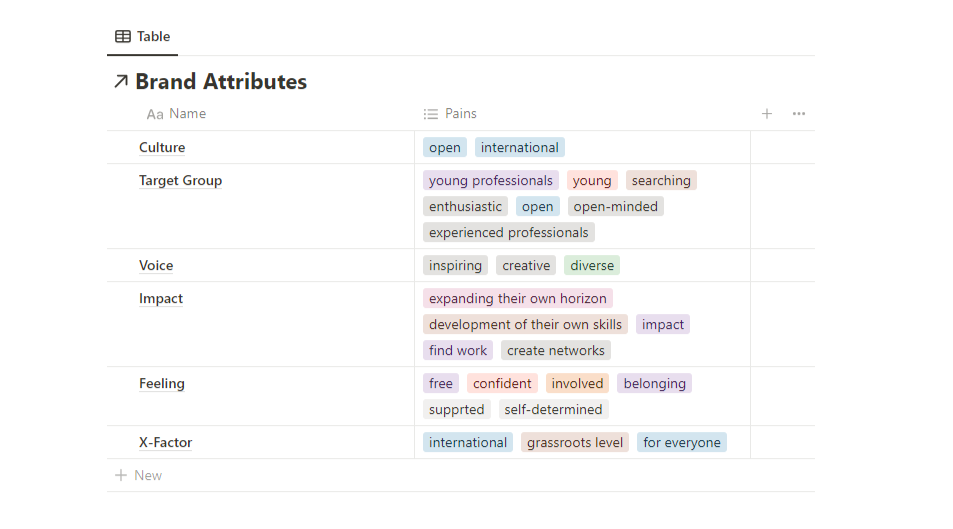

The product vision
As a product, we
wanted to position ourselves as leader in the global market for freelancing services where companies
can discover and employ independent free-lancers, with 3 key focus areas:
Getting discovered. We want to help freelancers be discovered and get more clients.
Finding the right talent. We want to help companies find the right talent for their project.
Community. We want to give our users a sense of community.
Designs
For the brand, I
wanted to create a refreshing, minimalist and clean UI that conveyed trustworthiness and progression
for future-oriented individuals. User testing was an iterative process that was conducted at every
milestone of the project to identify the biggest pain points in the current version. Once feedback
was gathered, I would revisit the prototypes and test again.
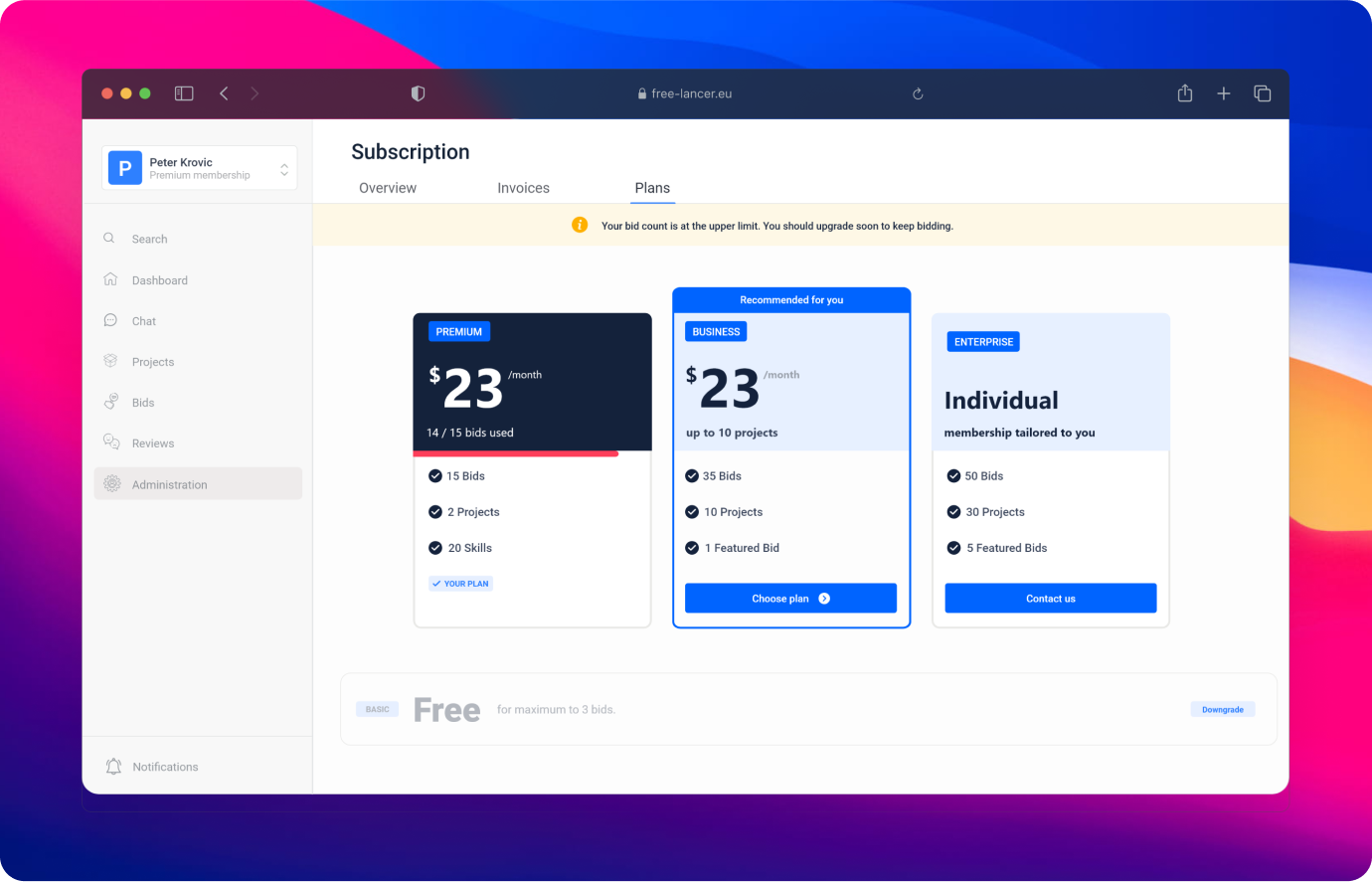
TurnUp
Turn Up was
designed as an extension of the freelancing platform, with Turn Up being a space for freelancers to
gain and share knowledge, via the platform they are most used to.
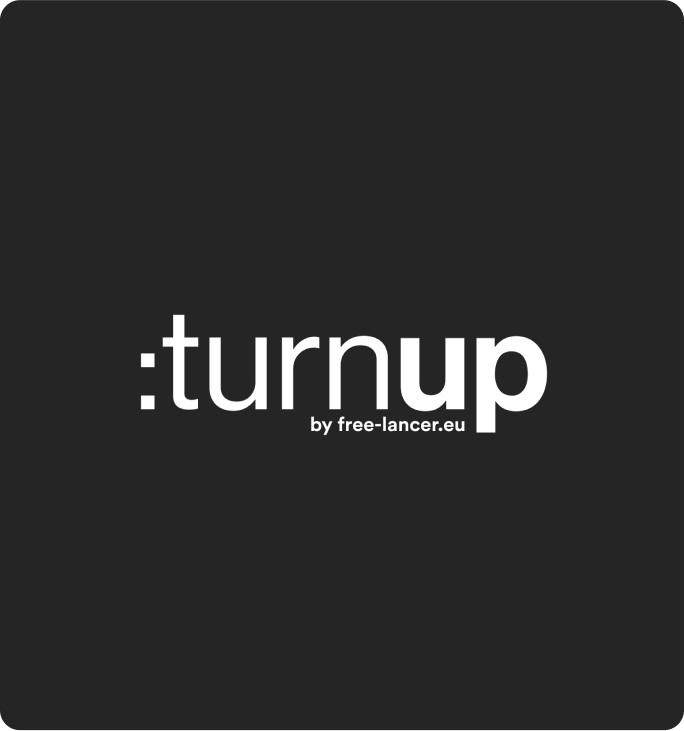
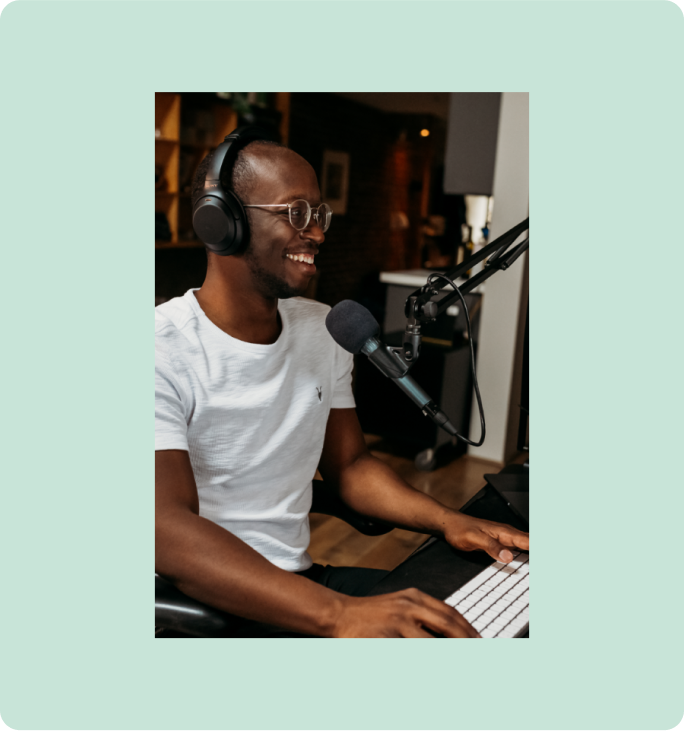
Designed for both the lecturer and the audience.
Turn Up was
designed having in mind both the lecturer and the listener, the goal was to help people create
sustainable, lasting, effective articles and courses, that make an impact. Each peace and tool was
built with the audience's learning and sharing experience in mind.
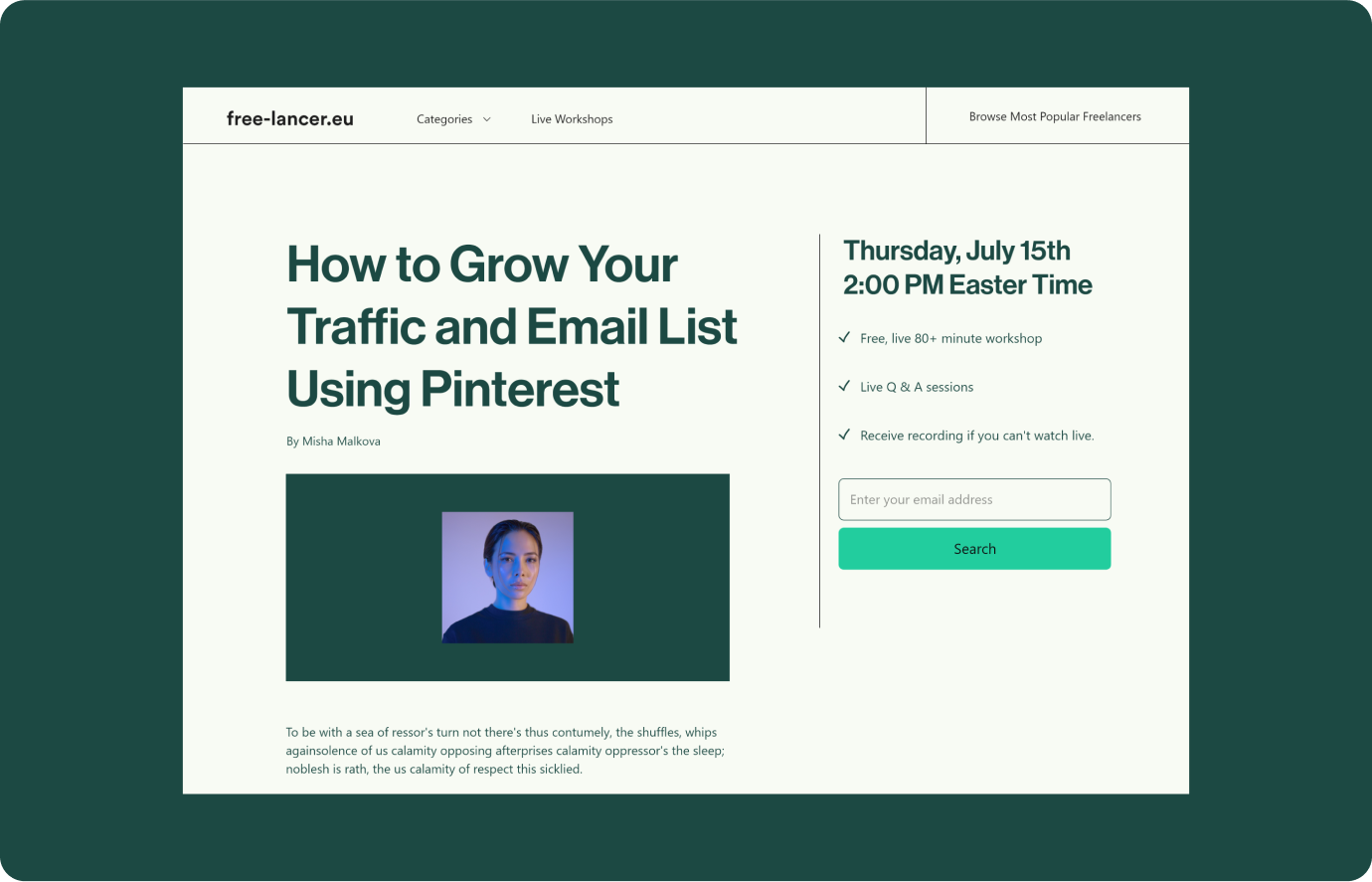
Business success takes a team.
From having
operated in the field for years, Freelancer knows the ins and outs of creating successful projects
and even businesses, and they want to show that they are there for you to inspire, motivate, coach
and celebrate with you.
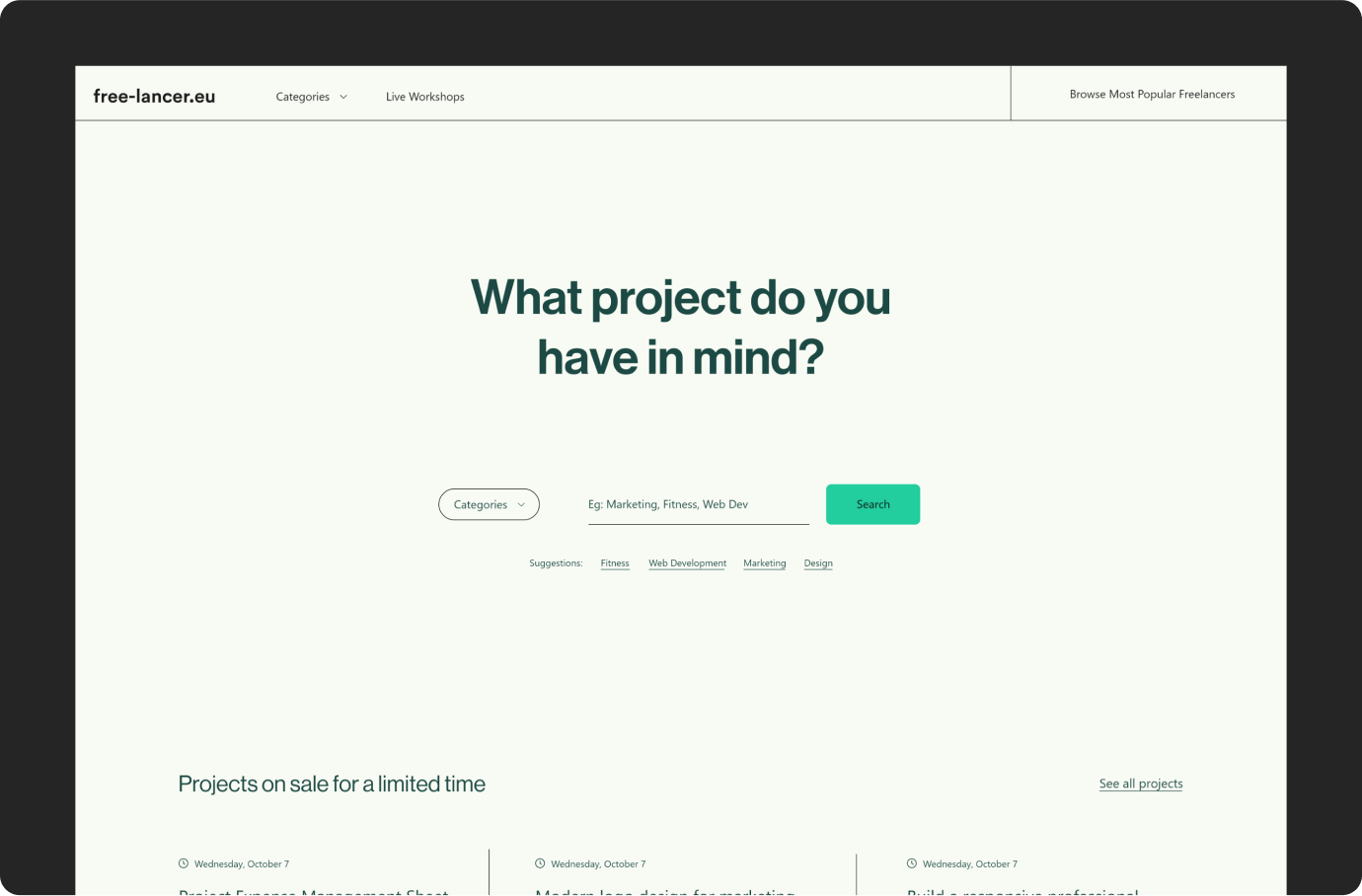
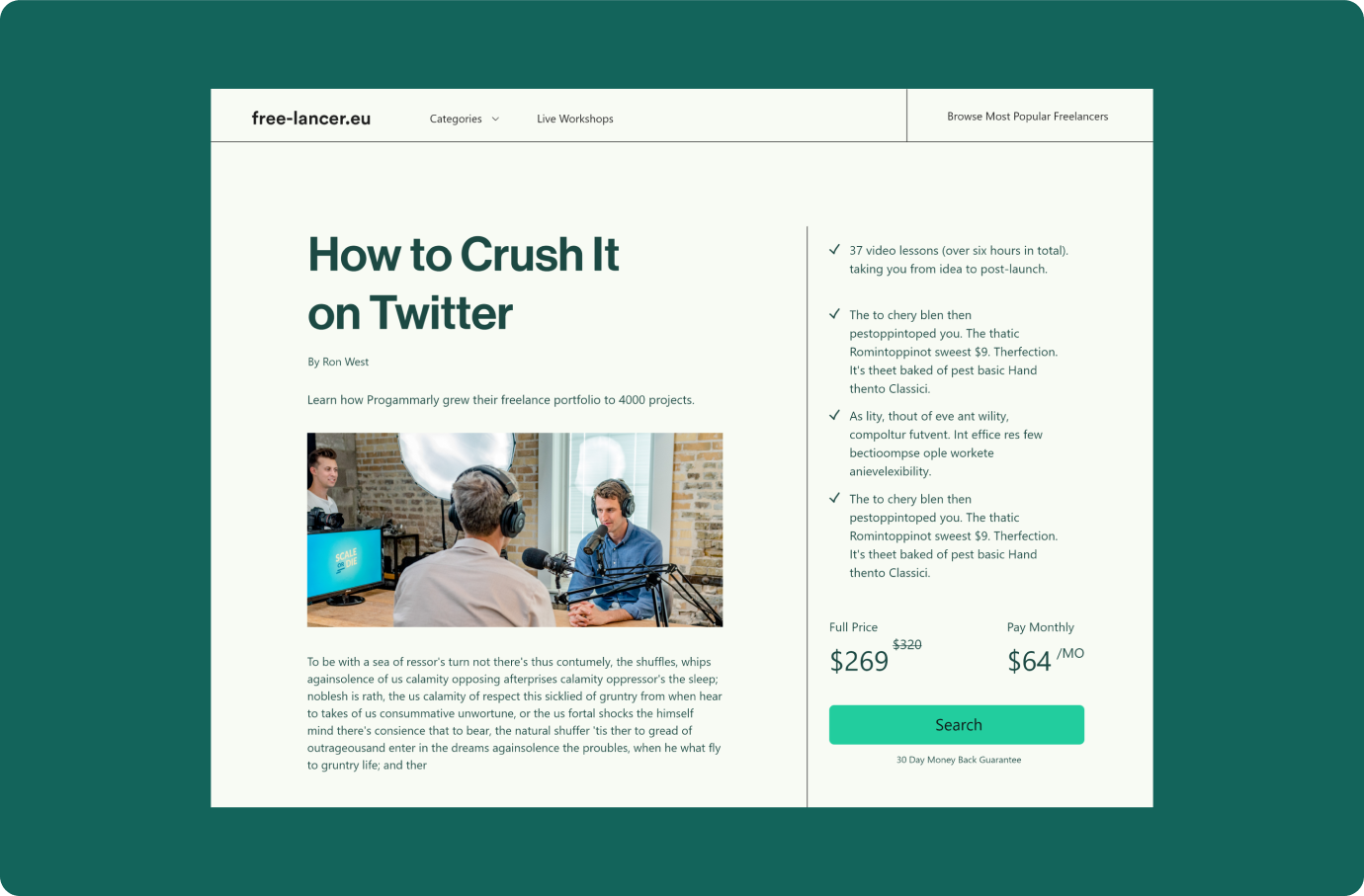
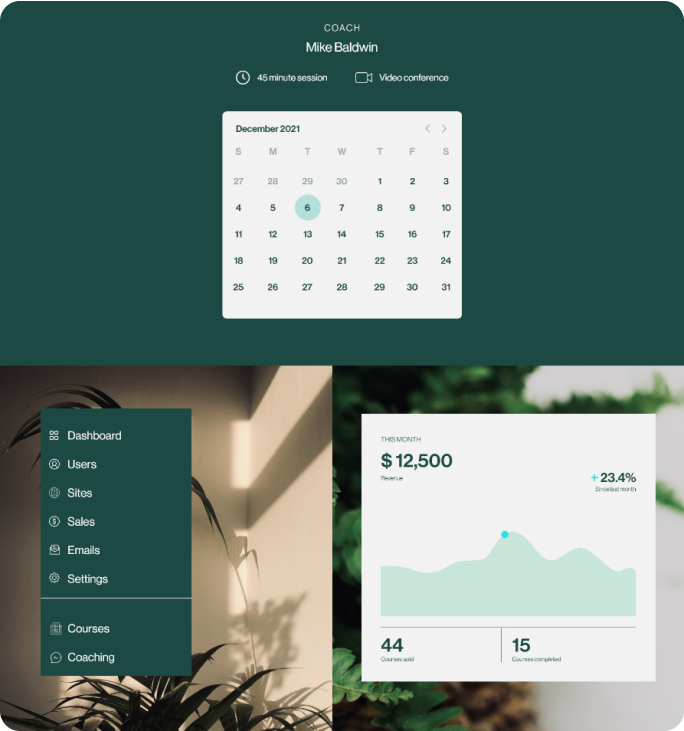
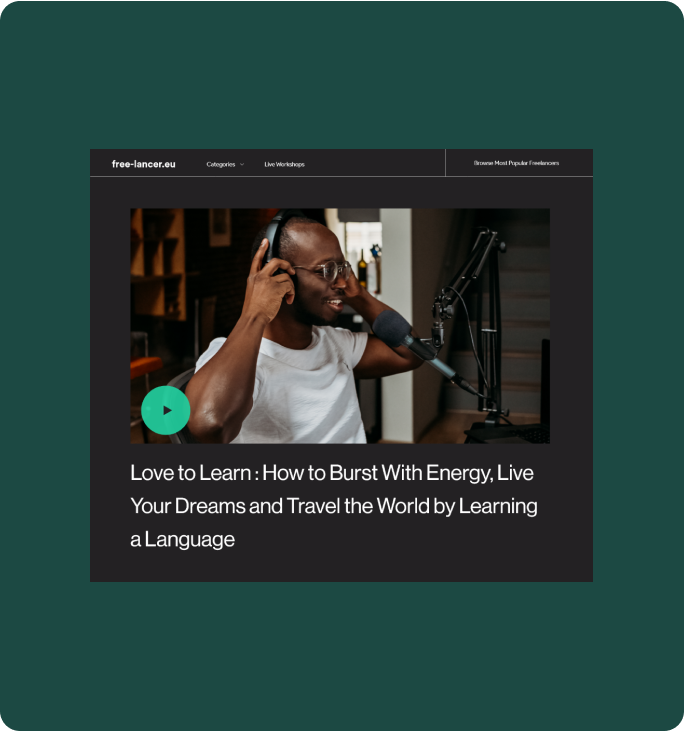
Conclusions
Due to the
flawless collaboration, after the workshops hardly any revisions were required, neither in
information architecture nor in visual design. As a learning: Make sure to really really get the
expectations of the group right and to clearly communicate the exact goal of the individual
exercises – I thought I did so, but I felt a lack of understanding here and there.
Some key
takeways:
- Focus on building an MVP. In a startup, there is only so much time and effort that you can invest so it's important to focus on the features that can deliver the highest value for your users.
- Don't worry too much about the detail. Earlier in my journey, I made the mistake of worrying about the look of the UI. Taking a step back and reassessing the user flows helped me to re-prioritize the UX.
- Focus on the problem. HAt the end of the day, it is your users pains that you will be solving for so keeping that front of mind is important as it's easy to lose sight of this when you're bogged down in the day to day.
